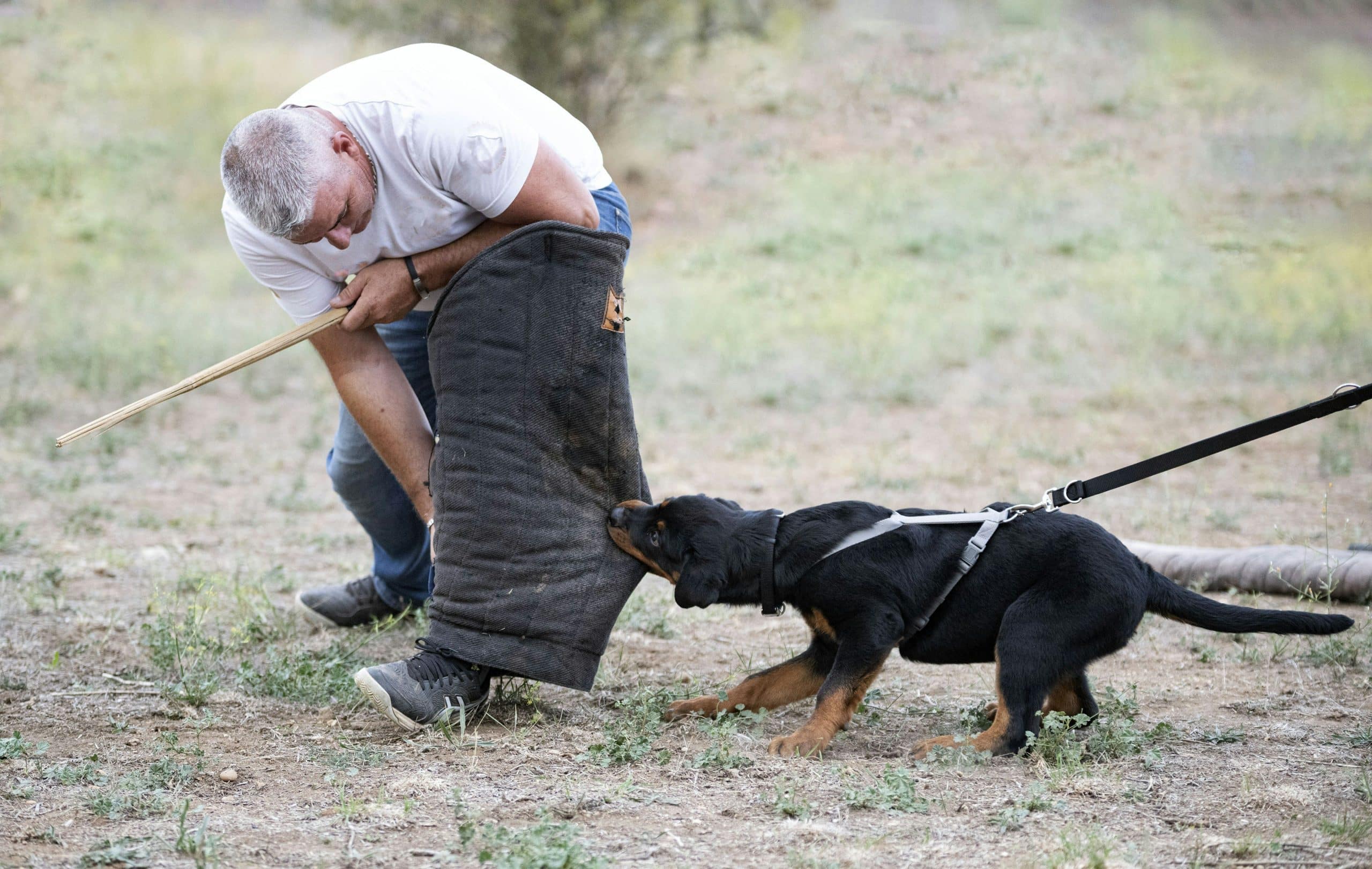In the bustling environment of a family home, the kitchen can often be a hub of activity, with the stove and its accompanying fire being the heart. However, where there is fire, safety becomes a crucial consideration, especially when toddlers are present. That’s where a well-chosen stove guard comes into play. Stove guards are designed to prevent children from getting too close to the heat that stoves emit and help avoid accidents that can result from open fireplaces or burners. This article will guide you in understanding the essential safety features a stove guard should possess for homes with toddlers in the UK.
The Importance of a Stove Guard
A stove guard’s primary purpose is to act as a barrier between your child and the stove. The kitchen may seem like a safe space, but when a stove is in use, it can quickly become a danger zone. The sizzling heat emanating from a burner, the flicker of an open fireplace, or a log fire’s crackle can appear tempting for a curious toddler. A stove guard will help keep them safe.
A lire également : Explore top-rated large insulated water bottles for outdoor activities
The guard helps minimise the risk of burns from touching hot surfaces, prevents the child from reaching out to dangerous cooking utensils, and keeps them away from potentially hazardous kitchen fires. It’s important to emphasise that stove guards are not a substitute for supervision. However, they offer an additional layer of protection, buying you precious time to intervene if the child attempts to venture too close.
Key Features of a Safe Stove Guard
A stove guard’s quality and safety features are crucial when considering one for your home. Here are the essential features a safe stove guard should have:
A lire également : What’s the best approach to decluttering a UK home without sacrificing style?
Mesh Material
A stove guard made from mesh material is a wise choice. Mesh allows for heat to dissipate, minimising the risk of burns if your child gets too close. Mesh also provides a clear view of the cooking process, enabling you to monitor your food while keeping your child safe.
Secure and Easy Fit
A good stove guard should be easy to install but difficult for a child to remove. It should be securely fitted around the stove, with adjustable sizing to ensure a snug fit. Some stove guards come with straps or clamps for additional security.
Open Design
An open design allows for easy access to the stove knobs and burners for adults while keeping them out of children’s reach. The guard should be high enough to deter a toddler from climbing over it and sturdy enough to withstand any attempts to push it down.
Types of Stove Guards
There are various types of stove guards available in the market, each with its unique set of features. Here’s a closer look at three main types:
Adjustable Stove Guards
Adjustable stove guards are designed to fit stoves of different sizes. They often come with clamps or straps to ensure a secure fit. These guards are generally easy to install and remove, making cleaning and maintenance a breeze.
Fixed Stove Guards
Fixed stove guards are securely attached to the stove. They are sturdier and offer more protection than adjustable guards. However, they are more challenging to install and may require professional assistance.
Freestanding Stove Guards
Freestanding stove guards are standalone structures that can be placed in front of the stove. They are usually larger and provide a more comprehensive barrier. However, they take up more space and may not be suitable for smaller kitchens.
Optimal Stove Guard Maintenance
Proper maintenance is vital to ensure a stove guard’s effectiveness and longevity. Regularly check for any signs of wear and tear, as damaged guards may pose a risk rather than provide protection. Keep the guard clean, removing any food particles or grease that might catch fire. If your guard is adjustable or removable, ensure it’s securely reattached after cleaning or adjusting.
While stove guards offer an additional layer of protection, they are only part of the equation. It is essential to educate your children about kitchen safety, supervise them closely whenever you’re cooking, and ensure all safety mechanisms in your kitchen are in good working order. Remember, a safe kitchen is a happy kitchen.
Choosing a Stove Guard Based on Your Needs
Choosing the right stove guard for your home significantly depends on personal needs and the layout of your kitchen. Understanding your requirements will help you select a guard that best suits your family’s needs and ensures maximum safety.
Type of Stove
The type of stove can influence the kind of stove guard you require. Open fire stoves and log burners tend to emit more heat and sparks compared to closed stoves and may require a more robust fire guard. A multi panel fire guard is often a safe choice for an open fire or log burner due to its extensive coverage.
Size of Kitchen
The size of your kitchen is crucial when choosing a stove guard. Larger kitchens may accommodate freestanding stove guards comfortably, while adjustable or fixed stove guards might be more suitable for smaller kitchens. Make sure to measure the space around your stove before purchasing a guard to ensure a proper fit.
Number and Age of Children
Knowing the number and age of your young children helps determine the required robustness of a stove guard. Toddlers who are still learning to walk will need a stable and sturdy guard to prevent accidental contact with the stove. On the other hand, older children who understand fire safety may only require a less restrictive guard as a reminder to keep their distance from the stove.
Conclusion: Enhancing Fire Safety in Homes with Toddlers
Stove guards play a crucial role in ensuring fire safety in your home, and understanding their essential features is key to making an informed purchase. Whether you opt for an adjustable, fixed, or freestanding guard, ensuring it is made from heat resistant material, securely fits around your stove, and offers an open design is of utmost importance.
Moreover, maintaining your fire guard is as critical as its initial selection. Regular inspections for signs of wear and tear, proper cleaning routines, and ensuring a secure fit after any adjustments are vital for its prolonged effectiveness.
Lastly, while stove guards act as a protective barrier, they are not substitutes for active supervision. Educating your young children about the potential dangers of the kitchen, particularly the stove, will foster a sense of awareness and caution in them.
In conclusion, a combination of the right stove guard, regular maintenance, active supervision, and proper education makes for a robust safety strategy against stove-related accidents in homes with toddlers. Remember, the best guard screen for your stove is one that effectively minimises child contact with the stove, ensuring a safe environment for your family.











